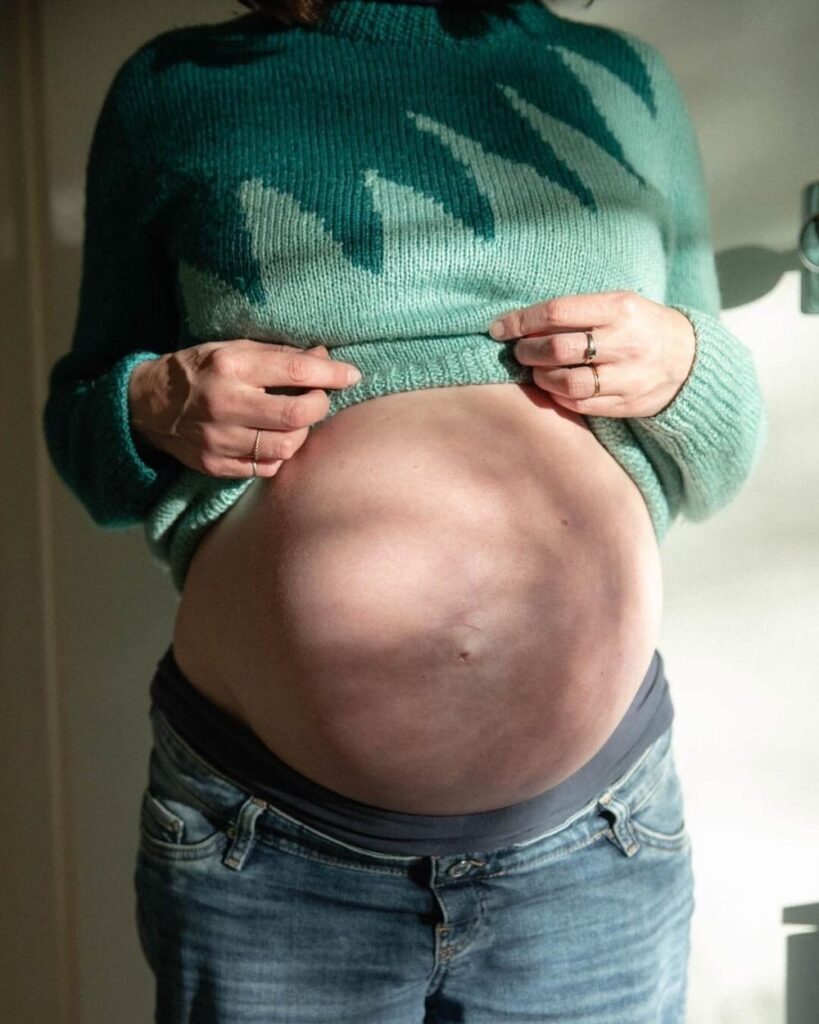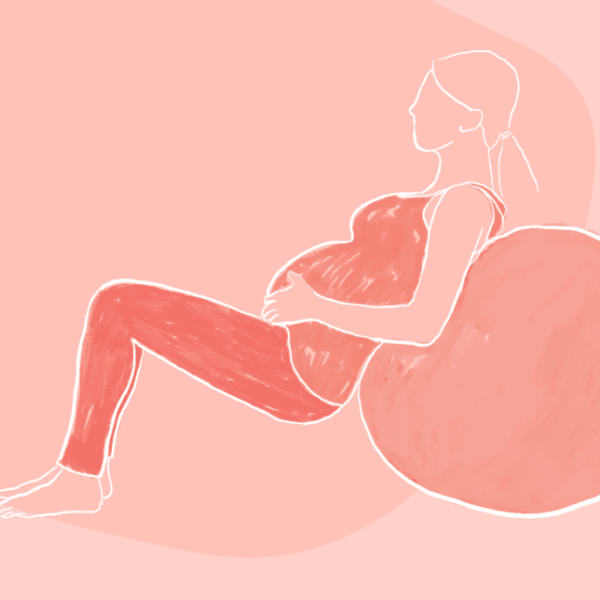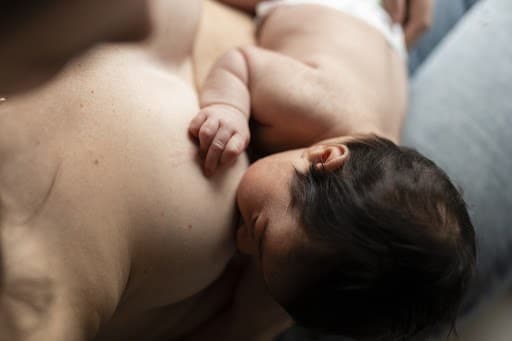Birth Where Should I Give Birth?
Where Should I Give Birth?

A guide to choosing a care provider in Australia
In the whirlwind of early pregnancy, you’ll start thinking about where you will birth your baby and who will care for you along the way. Choosing your care provider is one of the most significant decisions you’ll make in your pregnancy because it can greatly affect the care you receive and the birth you experience. Yes, it really can be quite daunting!
I want to make sure you understand the options available to you so you can make an empowered decision based on knowledge and self-awareness, not a last-minute one dictated by time pressure or fear.
Many women featured on the podcast have admitted that they just didn’t know where to go for advice and found themselves choosing the first option suggested by friends or family. Others were disappointed to learn that one-on-one midwifery care is only available to 8% of birthing women in the country despite the overwhelmingly positive outcomes for mothers and babies. For some, pregnancy has been a long-awaited journey that they’ve been actively preparing for and they planned, sometimes years in advance, for private care with an obstetrician.
In Australia, your birth options will be greatly dictated by your location but generally speaking, you’ll choose between a hospital, birth centre or your home. Hospital births have a higher rate of intervention and on average, 1 out of 3 women who give birth in a hospital will have a caesarean birth (this figure is on the rise, with 35% of women having a caesarean birth in 2018 compared to 31% in 2008).
There are two options available for hospital births:
Private Hospital:
If you choose to attend a private hospital you will be able to choose a private obstetrician. Generally speaking, you will need to have private health insurance for at least 12 months to be covered for your obstetric care. If you are willing to pay upfront, you can expect to pay close to $10,000 for your pregnancy, birth and hospital stay but this figure can vary quite significantly depending on the type of birth you have and if your baby spends any time in the special care nursery. Throughout your pregnancy, you will attend the OB’s private rooms and they will be with you during your delivery and throughout your postnatal period. However, you will be cared for by hospital midwives for the majority of your labour; your OB will be called when you are close to delivering your baby or if there is a need for intervention.
When you are considering your options for obstetricians, you may like the ask them the following questions to gauge more about the type of care they offer and whether they will support your birth intentions:
-
How many years have you been practising?
-
What are the chances that you will be the person who is with me when I birth? Can I meet your backup OB?
-
Will you see me for each antenatal appointment or is there a team of people who will care for me?
-
What is your caesarean rate? And what is the caesarean rate at the hospital I’m birthing at?
-
How many women do you care for each month?
-
I would like to experience spontaneous labour and unmedicated birth. Do you support this?
-
I don’t want you to doubt my ability to birth my baby. Do you support me regardless of my gestation or the size of my baby?
-
Is a water birth a possibility with you as my care provider?
-
How do you feel about working with a doula?
Public Hospital:
3 out of 4 women who give birth in hospitals do so in the public system where maternity care is completely free. Each public hospital has options available for midwifery care, including Midwifery Group Practice (MGP) where you typically see one midwife throughout your entire pregnancy. Availability in this model of care (often referred to as continuity of care) is very limited and for those who don’t manage to access it, there is the common option of midwifery care where you see a different midwife at each appointment. Some hospitals also run a low-risk birth centre or offer homebirths for women in the hospital’s catchment area. Again, these programmes take a very limited number of low-risk women and you must book in early (often at six weeks pregnant). For those women deemed high-risk, public hospitals offer a specialised care program where you will be cared for by an obstetrician and a group of midwives.
You can expect some or all of the following care options through a public hospital:
Public Hospital Clinic Care
Antenatal care in a public hospital outpatient clinic; attending the same hospital for labour and postnatal care; pregnancy and intrapartum care provided under the supervision of medical staff, and uncomplicated births are usually attended by midwives.
Public Hospital Midwives’ Clinic
Antenatal care is provided by a public hospital midwives’ clinic, with one or more visits to a consultant or registrar; intrapartum care is provided under the supervision of medical staff, and uncomplicated births are usually attended by midwives.
Birth Centre Care
Team midwifery care within a separate section of a hospital where midwives provide antenatal, intrapartum and postpartum care.
Shared Maternity Care
Formal arrangements between a public hospital and local practitioner (GP, obstetrician, midwife); the majority of pregnancy care is provided by a local practitioner, with visits to the hospital at the beginning and latter part of pregnancy; public hospital intrapartum care.
Combined Maternity Care
Similar to shared maternity care but does not involve pregnancy check-ups at a public hospital clinic.
Team Midwifery Care
Small teams of public hospital midwives care for women throughout pregnancy, labour, birth and the hospital stay, with one or more visits to a consultant or registrar.
Caseload Midwifery Care
Ongoing care with the same public hospital midwife for the majority of antenatal, labour, birth and postnatal care.
GP/Midwife Public Care
GPs and hospital-employed midwives jointly provide antenatal care to women enrolled for public hospital intrapartum care.
Outreach Midwifery Care
Midwife care for women with high social or obstetric risk focus on support and education; intrapartum and postnatal care is provided by a public hospital.
Homebirths
Women choose homebirths for a variety of reasons but generally, they have low-risk pregnancies; they want to have unmedicated, low-intervention births and they feel safest in the comfort of their own home. Private midwives who attend homebirths offer at-home care throughout your pregnancy and to six weeks postpartum. Many home birthing women agree that their midwives become treasured friends who they trust.
There are a few simple questions you can ask yourself to determine where you want to birth and what you expect from your experience:
-
Do you feel comforted by the medical support available in the hospital setting or does it feel confronting?
-
Is your pregnancy considered low-risk or high-risk? (this will greatly determine the choices available to you)
-
Are you interested in attempting a vaginal birth and having the support of natural pain relief options?
-
Would you like to experience a water birth?
-
Are you considering an epidural soon after you arrive at the hospital?
-
Do you want the opportunity to stay in a private room for 3-5 days after birth?
-
Are you happy to be discharged as early as six hours post-birth and receive midwifery care at home?
It’s really important to remember that this is your birth and you have every right to ask your care provider questions, question their intentions and change care providers if you don’t trust them.
Already Pregnant?
Have you seen my new childbirth education course The Birth Class? The empowering online childbirth education program that will help you confidently prepare for birth. You can learn more about this 10 Part Online Course HERE
Categories
Related Products
-
The Birth Class
106 reviews$249.00The empowering online childbirth education program that will help you confidently prepare for birth.
Get your copy of our Perineal Massage Guide in your inbox
Keep Reading
We think you might enjoy these articles
@AustralianBirthStories
Follow along with us
@AustralianBirthStories
Follow along with us
@AustralianBirthStories
Follow along with us
@AustralianBirthStories
Follow along with us
@AustralianBirthStories
Follow along with us
@AustralianBirthStories
Follow along with us
@AustralianBirthStories
Follow along with us
@AustralianBirthStories
Follow along with us
@AustralianBirthStories
Follow along with us
@AustralianBirthStories
Follow along with us
@AustralianBirthStories
Follow along with us
@AustralianBirthStories
Follow along with us








